By Burt Braunius
April 15, 2014Of course, you would see St. Patrick as a leader, too, if he banished snakes from your country! Well, that part of the story is a myth. It likely represents the fact that through his ministry he preached against evil, of which the snake is often a symbol. Snake stories aside, there are many parts of his life and influence that provide leadership lessons for today.As a refresher, Patrick lived around 389 – 461 AD. Born in England, at the age of 16 he was captured by pirates and enslaved in Ireland. While serving as a shepherd in Ireland, he became a follower of Jesus. After six years he escaped, returned to England and then went on to France where he studied for the priesthood with a calling to become a missionary to Ireland. He was consecrated as Bishop to the Irish in approximately 431 AD.
The remarkable missionary work of St. Patrick is the topic of George Hunter’s book, The Celtic Way of Evangelism (2nd edition). In this work, Hunter contrasts the “Roman” and the “Celtic” ways of mission and evangelism. He aims to apply Patrick’s approach (the “Celtic way”) to evangelism and mission work today. Here are a few observations from the book.
Patrick is identified as a mission movement leader. He approached Ireland with a core group that included priests, seminarians, laymen, and laywomen. They would engage the king and opinion leaders of an area; seek permission to camp near a community, and then talk with community members about matters of faith. The result was that 30 – 40 of Ireland’s 150 tribes became substantially Christian during Patrick’s lifetime, and thousands (and probably tens of thousands) were baptized. This approach is what we think of today as a contextualized approach to mission.
A series of contrasts made by the author is between Roman (also referred to as European) and Celtic styles of organizational leadership as we see them in churches today.
The Roman style stresses control:
- Emphasizes the first person of the Trinity.
- Features music composed before 1960.
- Has formal or “proper” worship services developed for believers.
- Has a hierarchical organization structure that produces programs for its churches.
- Thinks of the church as real estate.
- Has low expectations of members.
The Celtic style accentuates contextualization:
- Emphasizes the second and third persons of the Trinity.
- Features electronic and instrumental music composed after 1960 (or 1990).
- Has informal worship that is designed to meet people’s needs.
- Has a flat or decentralized organizational structure.
- Thinks of the church as a people and a culture to be respected and from which to learn.
- Has high expectations of members; giving them choices, entrusting them with responsibilities, and providing them with opportunities for leadership and leadership development.
Toward the end of the book, Hunter gives perspectives, insights, and council from the Celtic (i.e., grounded in St. Patrick’s) tradition. Here are a few.
- Church leaders cannot do it for people; rather, ministry is with and by the people.
- Weekly or biweekly small group meetings are essential for ministry with one another, rejoicing and weeping with one another, pulling for one another, holding one another accountable, engaging in ministry together, and conversing with one another about faith.
- In one’s spiritual life, one does not engage in endless self-assessment and spiritual naval-gazing. Instead, s/he is pulled out of self-centeredness, forgetting oneself and being reconciled with God, others, and creation.
- The main purpose of the Christian life is not so much to be blessed, to get one’s needs met, to become happier, or to accomplish more. It is to become like Christ.
Finally, a characteristic of the Celtic way with which Church Leadership Center particularly identifies is in its approach to leadership development. Hunter would concur: “As we have already learned in the field of adult education, delegate to the people the responsibility for their own development. There are limits to what any leaders or programs can achieve in the learning and lives of passive attendees; there are no known limits to what people can become through their own disciplines and (even more important) through nurturing one another’s development.”
Church Leadership Center provides a contextualized approach to leadership development by working  in partnership with pastors, churches, and other ministry groups to prepare congregational leaders for advanced levels of service. We do this by means of assessment interviews and reports; personalized training plans, classes, and certification so that participants are able to increase their effectiveness in all areas of church life. Click here for more information. To view videos about Commissioned Pastors and those who support them, click here. To read previous blogs, click here.
in partnership with pastors, churches, and other ministry groups to prepare congregational leaders for advanced levels of service. We do this by means of assessment interviews and reports; personalized training plans, classes, and certification so that participants are able to increase their effectiveness in all areas of church life. Click here for more information. To view videos about Commissioned Pastors and those who support them, click here. To read previous blogs, click here.
Please forward this email to a lay leader or church staff member who may benefit from information about leadership development and Church Leadership Center.
To contribute financially to CLC or to learn about options for leadership development in your church, reply to this email.









